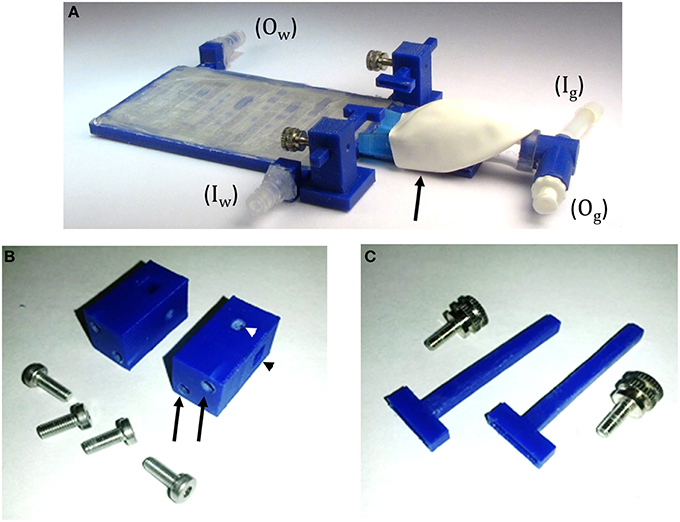July 18, 2019
In a 2015 Scientific Reports article, Andre Samson and colleagues shared their project MouseMove, an open-source software for quantifying movement in the open field test:
The Open Field (OF) test is a commonly used assay for monitoring exploratory behavior and locomotion in rodents. Most research groups use commercial systems for recording and analyzing behavior in the OF test, but these commercial systems can be expensive and lack flexibility. A few open-source OF systems have been developed, but are limited in the movement parameters that can be collected and analyzed. MouseMove is the first open-source software capable of providing qualitative and quantitative information on mouse locomotion in a semi-automated and high-throughput approach. With the aim of providing a freely available program for analyzing OF test data, these researchers developed a software that accurately quantifies numerous parameters of movement.
In their manuscript, Samson et al. describe the design and implementation of MouseMove. Their OF system allows for the measurement of distance, speed, and laterality with >96% accuracy. They use MouseMove as a method to analyze OF behavior of mice after experimental stroke to show reduced locomotor activity and quantify laterality deficits. The system is used in combination with the open source program ImageJ and the MTrack2 plugin to analyze pre-recorded OF test video.
The system has two downloadable components, the ImageJ macro and a separate program with the custom-built MouseMove GUI. ImageJ is used to subtract the background video from the experiment and create an image of the animals total trajectory. The MouseMove GUI then completes a detailed analysis of the movement patterns, measuring the fractional time spent stationary, the distance traveled, speed mean and various details of laterality. The results are depicted in both a visual/graphical form and as a saveable text file. In the manuscript, they provide step-wise instructions of how to use Mousemove. The authors additionally highlight the defined region-of-interest (ROI) ability of the software that makes it suitable for analysis of cognitive tests such as Novel Object Recognition. This tool offers relatively fast video-processing of motor cognitive behaviors and has many applications for the study of rodent models of brain injury/stimulation to measure altered locomotion.
More information on MouseMove can be found in their manuscript here.








